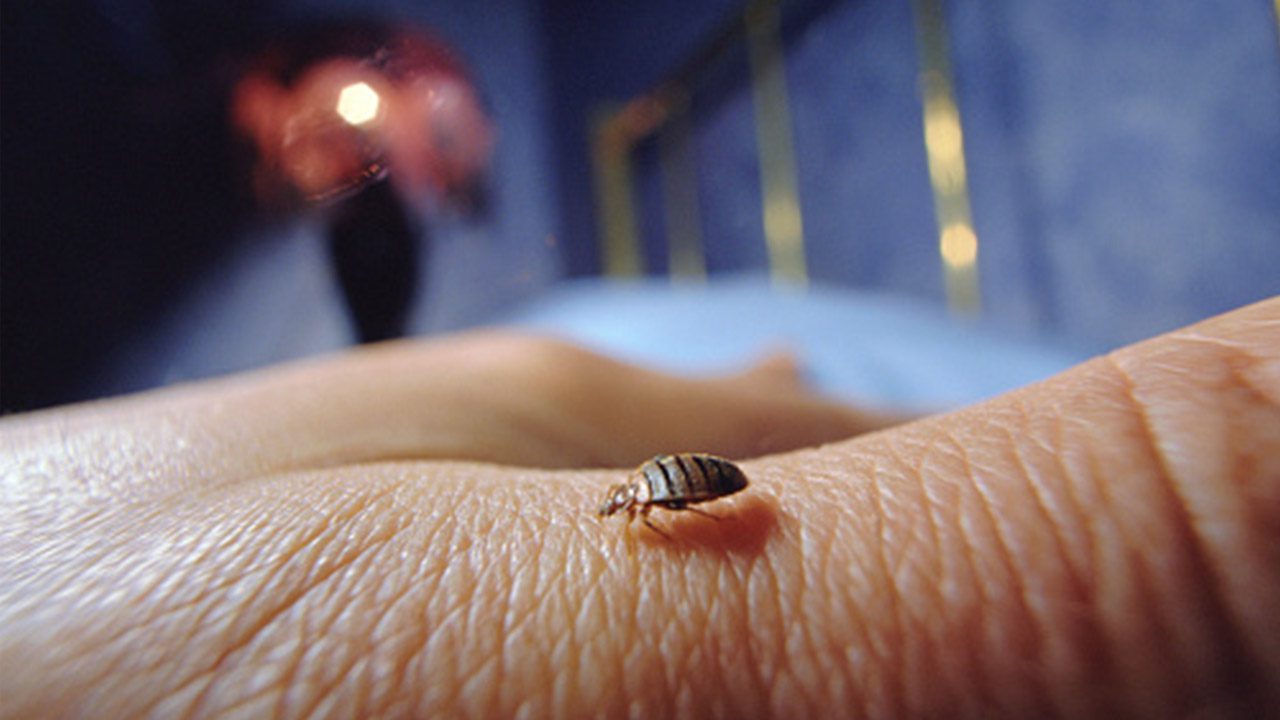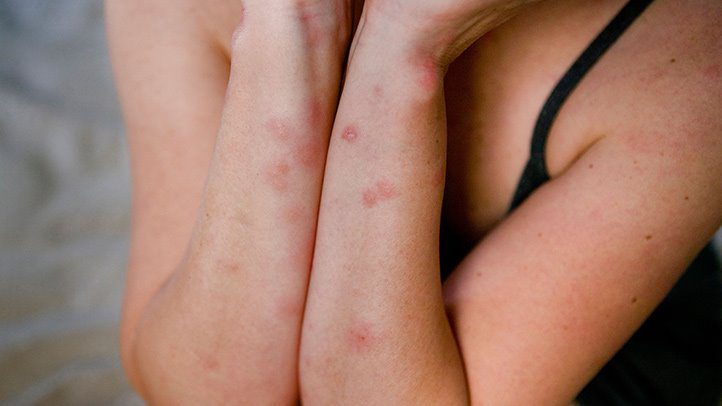It doesn’t matter if it’s a budget backpacker’s hostel or a renowned five-star hotel; bedbugs can infest any place exposed to warmth, blood and carbon dioxide. The worst part of it all is that it’s probably too late by the time you wake up covered in bites, rashes and irritation.
If you didn’t know, bedbugs can travel with you. This simply means that these pests may just hitch a ride on your body or belongings and begin an infestation at your next destination. Yep, it can be a great inconvenience, but that doesn’t mean you can’t take precautions to actively try and avoid them.

Here’s how you can check for bedbugs:
Check all over the room and not just on the bed with a flashlight. This includes any upholstered furniture, headboards, luggage racks, and bed frames. You should be able to spot them easily – the adult ones are oval, flat and brown whereas the smaller ones are translucent, yellowy or white.
As for the size, adult ones are sort of the size of an apple seed, and the young ones are as large as a pinhead. Not only should you keep an eye out for the bugs and eggs, be sure to look out for bedbug droppings that appear as small tiny spots, or blood stains on the sheets, or bedbug skins that have been shed.
The safest place to keep your suitcase is on the luggage rack itself (please inspect it first!). It’s also advisable to keep your bags zipped and sealed when possible. While some people occasionally do not react to bedbug bites, others may only experience reactions within 14 days after the bite.

Here’s what to do should you be an unfortunate victim of bedbug bites:
1. Report it immediately to a management staff at the accommodation. We suggest getting a refund and moving out immediately, but should that prove to be futile, ask for a different room. Make sure to check the new room before settling!
2. Chuck your clothes into a sealed bag until you have access to a laundry service. Then, dump all your fabric items, including the clothes and shoes, into the washer and run the hot wash cycle to kill all the bedbugs that may be lurking.
3. You should also check the crevices within your suitcase and should you spot anything, you can either vacuum it, use a bedbug spray or put it through extreme temperatures, whether drying it out in the sun or putting it in a freezer.
4. We know it’s way easier said than done, but scratching those bites will only further aggravate the skin and make you vulnerable to infections. Use a topical corticosteroid or antihistamine cream to soothe the itch instead.










